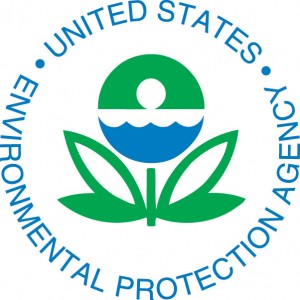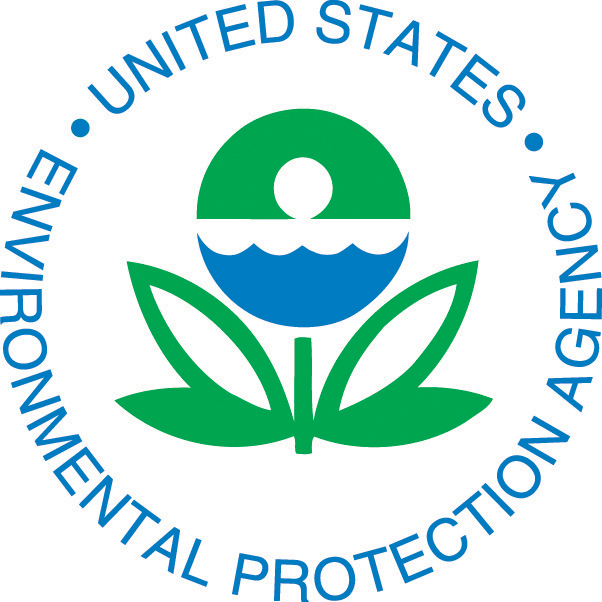The EPA acts as though it has the legislative authority to re-engineer the nation’s electric generating system and power grid. It does not.
by Laurence H. Tribe • The Wall Street Journal
 As a law professor, I taught the nation’s first environmental law class 45 years ago. As a lawyer, I have supported countless environmental causes. And as a father and grandfather, I want to leave the Earth in better shape than when I arrived.
As a law professor, I taught the nation’s first environmental law class 45 years ago. As a lawyer, I have supported countless environmental causes. And as a father and grandfather, I want to leave the Earth in better shape than when I arrived.
Nonetheless, I recently filed comments with the Environmental Protection Agency urging the agency to withdraw its Clean Power Plan, a regulatory proposal to reduce carbon emissions from the nation’s electric power plants. In my view, coping with climate change is a vital end, but it does not justify using unconstitutional means.
Although my comments opposing the EPA’s proposal were joined by a major coal producer, they reflect my professional conclusions as an independent legal scholar. I say only what I believe, whether I do so pro bono, or in this case having been retained by others. After studying the only legal basis offered for the EPA’s proposed rule, I concluded that the agency is asserting executive power far beyond its lawful authority.
The Clean Power Plan would set a carbon dioxide emission target for every state, and the EPA would command each state, within roughly a year, to come up with a package of laws to meet that target. If the agency approves the package, the state would then have to impose those laws on electric utilities and the public.
The agency would effectively dictate the energy mix used in each state and leave the state with essentially no choice in implementing its plan. But Supreme Court precedent settled over two decades ago in New York v. United States (1992) and reaffirmed by a 7-2 vote as recently as 2012 in NFIB v. Sebelius, the ObamaCare decision, holds that such federal commandeering of state governments defeats political accountability and violates principles of federalism that are basic to our constitutional order.
Even more fundamentally, the EPA, like every administrative agency, is constitutionally forbidden to exercise powers Congress never delegated to it in the first place. The brute fact is that the Obama administration failed to get climate legislation through Congress. Yet the EPA is acting as though it has the legislative authority anyway to re-engineer the nation’s electric generating system and power grid. It does not.
To justify the Clean Power Plan, the EPA has brazenly rewritten the history of an obscure section of the 1970 Clean Air Act. The EPA cites Section 111 of the Clean Air Act as authority for its proposal. In reality, this part of the law expressly says that it may not be used to regulate power plants where, as is the case in this situation, those plants are already being regulated as Congress contemplated under another part of the law, Section 112—one involving hazardous pollutants.
Last spring, the Supreme Court read the statute in precisely that way in Utility Air Regulatory Group v. EPA. The EPA acknowledges that the Clean Air Act “appears by its terms to preclude” its proposal. That is an understatement. And the problem can’t be dismissed as a quirk in the statute. The language at issue has been a feature of the Clean Air Act for decades. That’s why, in 2008 (New Jersey v. EPA), the D.C. Circuit struck down a far less ambitious EPA rule under exactly the same statutory constraint involved here. Today the agency is again circumventing the checks Congress deliberately built into the Clean Air Act and distorting it to justify a wide-ranging carbon rule in a way Congress never intended or authorized.
Frustration with congressional inaction cannot justify throwing the Constitution overboard to rescue this lawless EPA proposal—especially when the EPA itself, through Senate testimony by its administrator, Gina McCarthy, has touted its proposal as “an investment opportunity” that isn’t really “about pollution control” at all.
Some defend the EPA’s power grab on the grounds that it has the potential of averting global disaster. They remind us that, to save the Union during the Civil War, Lincoln was willing to suspend habeas corpus without the congressional authorization the Constitution requires. Today, with the benefit of hindsight, even Lincoln’s decision looks more like an overreaction—akin to the Alien and Sedition Acts and the internment of Japanese Americans after Pearl Harbor—than a genuinely necessary response to an existential crisis.
Justice Robert H. Jackson —Nuremberg prosecutor and among our greatest defenders of constitutionalism and the rule of law—joined the Supreme Court’s decision denying President Harry Truman the authority to seize steel mills during the Korean conflict without the congressional authorization the Constitution required. Truman justified his shortcut by invoking national security, citing the need to prevent labor strife from disrupting the war effort.
In Youngstown Sheet & Tube Co. v. Sawyer (1952), Justice Jackson said no. He warned of losing sight of “the balanced power structure of our Republic” and reaffirmed that “ours is a government of laws, not of men.” We should heed his words today.
Mr. Tribe is a professor of constitutional law at Harvard Law School and a University Professor at Harvard University. He was retained by Peabody Energy to provide an independent analysis of the proposed EPA rule.
